SummaryUpdate: I originally wrote this article in August 2020 following my first visit to Brittany where I visited many of these cities, towns and villages. I returned in February 2022 visiting both Dinan and Treguier which I have added here. Airport Rating n/a Reception of locals *** Cost: £££
The Celtic CoastCeltic history has always fascinated me. A people who once dominated Europe were slowly driven to the fringes of Europe, first by the Romans, and then by successive hordes of Germanic tribes. Today, the culture of the Celts is largely kept on the edges of Europe's western coasts, primarily in Ireland, Scotland, Wales, South-West England, the Basque region of Spain, and Brittany in France. Its why even today, the Breton language shares much more in common with Welsh than it does with French. The people that inhabit this part of France are relatively homogenous. About half the population see themselves as much Breton as they do French, and they tend to be insular, keeping themselves to themselves. Despite being united with France in the 15th century, the region fiercely retains an independent culture, which you can see most explicitly in dual road signs that are written in both Breton and French, as well as Celtic names on shops, and Breton flags flying. The area has never really been industrialised in the same manner that the rest of France has, and agriculture and small cottage industries still make up a sizeable part of the local economy. As a Panjabi, I've got to say, the tractor game in this part of the world is pretty strong. This article looks at a few stops I made during my recent visit to the Brittany region, and I conclude on some thoughts of the region as a whole. DinanEasily one of the prettiest European villages I have visited, the history of Dinan extends over a millenium, with the walls of the city (still visible) built in the 11th century. The town is dominated by La Tour De l'Horlage - or, the Clock Tower. Dating back to the 15th century and located in the historical centre, the clock tower is as beautiful as it is tall - and it easily dwarfs the structures around it. The best thing is you can climb all the way to the top, although it costs €4 to do so. The 158 steps to the summit are quite narrow and towards the end of the climb are very close to vertical. While this is a comfortable climb for most, those with less mobility might find it a little difficult. The views from the top are definitely worth the climb, the height of the tower compared to the low rise buildings around it means you can see the entire town and the surrounding regions. A large bell sits atop the clock tower with a small perimeter around the edges for viewing, and if you find yourself there at the hour or at 15 minute intervals, the bell can be pretty loud. It reminded me of the Westerkerk tower in Amsterdam that I climbed (which you can read about here). The French, and particularly the Bretons, seem to love churches and I counted 6 from the top of the clock tower. One of these is the Basilique St Sauveur, an impressive church who's oldest part dates back to the 12th century. Most of the church was built over successive centuries which means elements of Romanesque, Gothic and Baroque architecture are all visible. While it's an impressive church, it pales in comparison to some of the others in the Brittany region - particularly the cathedral in Rennes. Both the clock tower and the church are located in the Centre Historique (or historical centre). As far as old towns go, it's one of the more picturesque I have seen. If you've read my previous articles, you'll know I'm a big fan of timber framed houses and the Centre Historique has streets full of them. Small boutique shops, restaurants, patisseries and boulangeries line the cobbled stoned streets housed in those timber framed buildings. Perhaps the prettiest street is the Rue du Jerzual which is a steep street leading from the village hilltop to the harbour. The curved pathways add extra charm, and every few steps down the street made me want to look back up the hill to see small changes in the view. A short way down the street is the imposing 13th century Porte du Jerzual, the gate which separates the walled village from the harbour. The Chateau de Dinan - or Castle of Dinan - and Les Remparts are a short walk from the Centre Historique. The 34m high castle is a formidable building and although the interior was closed during my visit, I was still able to walk along parts of the 2600 metre ramparts. The castle was significantly altered in the 17th century, but much of the structure dates back to 1384. There are five stories in the largely residential interior which I'm keen to visit during my next trip, but the fortified exterior itself is a sight worth seeing. TreguierThere is a common stereotype that the French love a protest and during my trip through Guingamp heading to Treguier we can across one such protest. While no one seemed to know what the protest was about when I was there (I hear this is quite common), I later read it was a protest by the Young Farmers of Cotes d'Armor against a large French supermarket about the price margins of their produce. Having spent my childhood working on farms and being the son of farmers that has supported the protests by farmers in the subcontinent (which you can read about here), a little extra traffic and the smell of burning wood was a small price to pay for the prosperity of those Breton farmers. Treguier seemed much smaller than Dinan, but the its compact nature and slightly out of the way location meant it was easier and quieter to walk through. While it has the same timber framed buildings as Dinan, these are considerably smaller in number, although no less beautiful. In fact the incredible house of Ernest Renan (a famous French philosopher) is probably the most impressive timber framed building I've seen in Brittany. Undoubtedly the main attraction of the small town is (unsurprisingly for Brittany) a church, Cathedrale Saint-Tugdual. Located in the central square, the church seems disproportionately large for a village so small. The church is named after the saint who founded the 6th century monastery that Treguier grew around. The church itself was built in the 14th century in the same Gothic style as most other churches in the region and has one of the most intricately detailed spires that I've ever seen, as well as three separate towers which make it look like something from a fantasy film. It's free to visit and it was very quiet when I walked through. As well as beautifully painted high ceilings and stunning stained glass windows, it also houses the Tomb of Saint-Yves a Treguier. in a beautifully carved cenotaph that brings people from around the region to visit. The present tomb dates back to 1890 after the original was destroyed during the French Revolution. Ploumanac'h & Perros-GuirecI've written about the northern coast in some detail, so if you want to read more about Ploumanc'h and Perros-Guirec, you can check it out here. GuingampAbout a 40 minute drive south from Ploumanac'h is the small town of Guingamp. The town itself is rather unremarkable, but that's what I liked about it. It's exactly what a small town in England might look like. Except it doesn't. The town I was born in is actually bigger than Guingamp (a lot bigger), but no more remarkable so it makes a decent comparison. They both have castles, but the walls of Guingamp are something else, framing the historical core of the town and providing a medieval feel (although the castle itself is better preserved back home). Then there's a comparison between the two Gothic churches. While the one back home is the tallest building in town, it pales in comparison to the Basilica of Notre Dame de Bon Secours in Guingamp. Not only is the 11th century structure beautifully crafted inside and out, but it's also home to a rare Black Madonna - or a statue of the Virgin Mary where she is depicted as a black woman. Even the town centre, unremarkable in its appearance, has subtle differences that make it feel very different - for example - a row of timber framed houses completely change the character of the town, as does the consistency in architecture for the rest of the town. Then there's the canals. We've got some at home, underdeveloped, under-utilised and a mark of my towns former importance during the industrial revolution. The waterway in Guingamp, however, is very much a part of the modern town. The waterway has bridges constructed all over it to provide a relaxing walk while providing views of the castle and town centre. The edges of the waterway are covered in bits of art providing a description of the history of the town. Guingamp is supposed to be unremarkable, but it manages to pack quite a punch - and this is no more obvious than the local football team En Avant de Guingamp. If you've read my blogs before you'll know how much I love football stadiums so it surprised me somewhat to see a stadium that has a capacity of over 18,000 - in a town with a population of less than 8,000. The stadium is in the town itself, which I'm sure provides the club a real community feel. I'm not going to tell anyone to come out of their way to visit Guingamp, but I think it does what it sets out to do really well, a nice home for 8,000 odd people. RennesRennes is the capital of Brittany, home to three quarters of a million people, and the tenth largest city in France. Breton is a language more closely related to Welsh and Cornish than it is to French, so it isn't surprising to see many of the signs are written in both languages - French at the top, and then italicised Breton - and this was all over Rennes. I'm a big supporter of ensuring different cultures and languages are kept alive in a world that increasingly feels a little too globalised and 'samey' so it was good to see the different ways the region was keeping its culture and language in use. There were two things I was keen to see in the city; Rennes Cathedral, and the famous half timber framed buildings. The site of the current Cathedral has been used as a place of worship since the 6th century, although the structure you see today was successively built upon and restored until the 1840s. It's large and imposing when viewed from the front entrance, and opulently detailed when viewed inside, easily rivalling some of the more grand churches and cathedrals I saw in Italy. The nave, which houses the main prayer hall, has incredibly high ceilings and a dark golden hue which made it feel very similar to rooms I had seen in the Vatican. The half timber framed buildings centre around Rue de Chapitre, although there are almost 300 in total around the city. Most date from the 18th century, rebuilt after a fire in 1720 destroyed almost a thousand homes - although some go back a few hundred years further. Rue de Chapitre is a good place to see some. It's a quiet street, a short walk from Rennes Cathedral. The half timber framed buildings are large, some of them seem three or four storeys high, and they seem even bigger given how narrow the streets are. Rennes seemed a bit more lively than the rest of the region, and I'd be interested in coming back and spending a bit more time exploring it. LannionMore old churches, and more half timbered houses, Lannion felt like a 'mini Rennes'. The Brelevenez church is the main landmark in the city, situated in the old quarter and surrounded by cobbled streets, narrow passageways and squares. In fact, the historical old quarter is home to most of the sites, with a small river separating it from other parts of the city. The walk around the River Leguer is very nice, with green space on either side where people seemed to be relaxing, having conversations or walking their dogs. Small bridges are dotted along the river, some for pedestrians and some where vehicles are allowed to pass. The old quarter is small but pretty. It contains some spectacular half timbered buildings, today used as bars and restaurants, with throngs of people sitting outside. While other parts of France saw some social distancing, I didn't really see any here. I didn't feel as comfortable here as I did in other places. As soon as I stepped out of the car, I immediately noticed a few people begin staring, and that just leaves you a bit self-conscious. Nothing crazy or scary, but enough to be like right - if I eat here, someone is going to probably spit on my food. Probably not one to come back to. Bourbriac & Pont MelvezI started writing this blog six years ago. In that time I've been in relationships, I've been on good dates, and I've been on bad dates. But I've never mentioned any relationship in this blog. Ever. This blog isn't about me, it's about the community. Recently I've met a girl that I like. She was born in England but moved to France at an early age and was raised there, doing all her schooling in Brittany before moving back to England for work (which is where I met her). Her fluent French came in handy big time. Our values align on many things, including Sikhi which isn't so easy to find. Now, only time will tell if she's the one, but its been a decent amount of time and I feel strongly enough about her to mention her here. So why do I mention her? Well, why else would I be in Bourbriac and Pont Melvez. The former is a small village, the latter a hamlet consisting of farms and a few houses. But this is where she grew up, so here I was. Bourbriac is quiet but pretty, with probably the nicest looking patisserie boulangerie that I've seen (basically a shop that is both a bakery and cake shop, they're common all over France). This trip also allowed me to get up close with a wind turbine. You know those big white windmills that are becoming commonplace throughout the countryside? I didn't realise just how big they were until I stood right next to one and felt like an ant. They're also noisier than I imagined as well. There was one thing that really stood out, a small road sign that said "Brits Out". It had been rubbed out but was still legible. Turns out there's a sizeable British community here that purchases houses in large numbers. It reinforced my impression of the Breton people as being quite insular, preferring to be left alone. And at times, as I visited town after town, it kind of felt like the world did leave this area of France behind just a little bit. By the way. On the small chance we don't make it, I'll be revisiting this page with my good friend, the delete key. LavalI started off this article pushing the geographic boundaries of Brittany, and I'm going to finish by breaking those boundaries completely. Laval borders Brittany, but isn't in the region itself - and I spent barely any time there as it is - but I did want to give it a quick mention. It's a small, sleepy medieval town which was so quiet it felt like I was in the middle of Pyongyang. There was only one place I really wanted to see, and that's a large park on a hill that provides views of the whole town. The park, called Jardin de la Perrine is a decent sized park, and even has small farm animals in there - as well as birds...in really small cages - not cool. The park was purchased from its old owner by the city to settle some gambling debts, and today it's free to enter for visitors. The park does provide views of the city and the view felt similar (but not as good) as Lindenhof Hill in Zurich. From the park you can see the River Mayenne running through the city, and old bridge and what feels like a very quiet town. It was instantly forgettable and if it didn't have some small connection to my broader trip around Brittany, I probably wouldn't have written about it. Is Brittany worth visiting?It depends on what you're looking for. It's slow, quiet and very laid back. There's not a whole lot going on. The landscape is phenomenal, especially the coastline, and there are areas with important historical gems. I admire the independence of the people, keen to keep their language and culture intact. But it's a double edged sword. It also means there isn't much diversity, and when someone that looks a little different walks through, they really stand out. I'd like to come back, and I probably will. But on a return trip I'll probably restrict myself to the coast and Rennes. I hear the Carnac stones are pretty cool though. Comments are closed.
|
AuthorBritish Sikh, born in the Midlands, based in London, travelling the world seeing new cultures. Categories
All
|
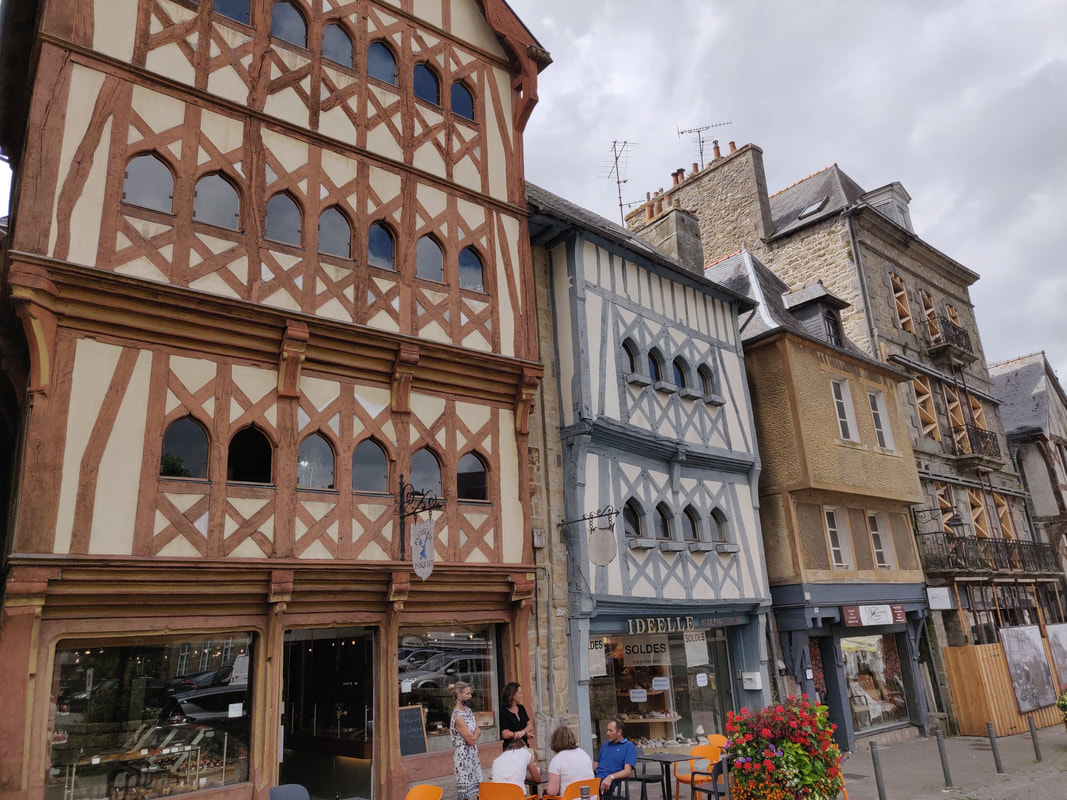
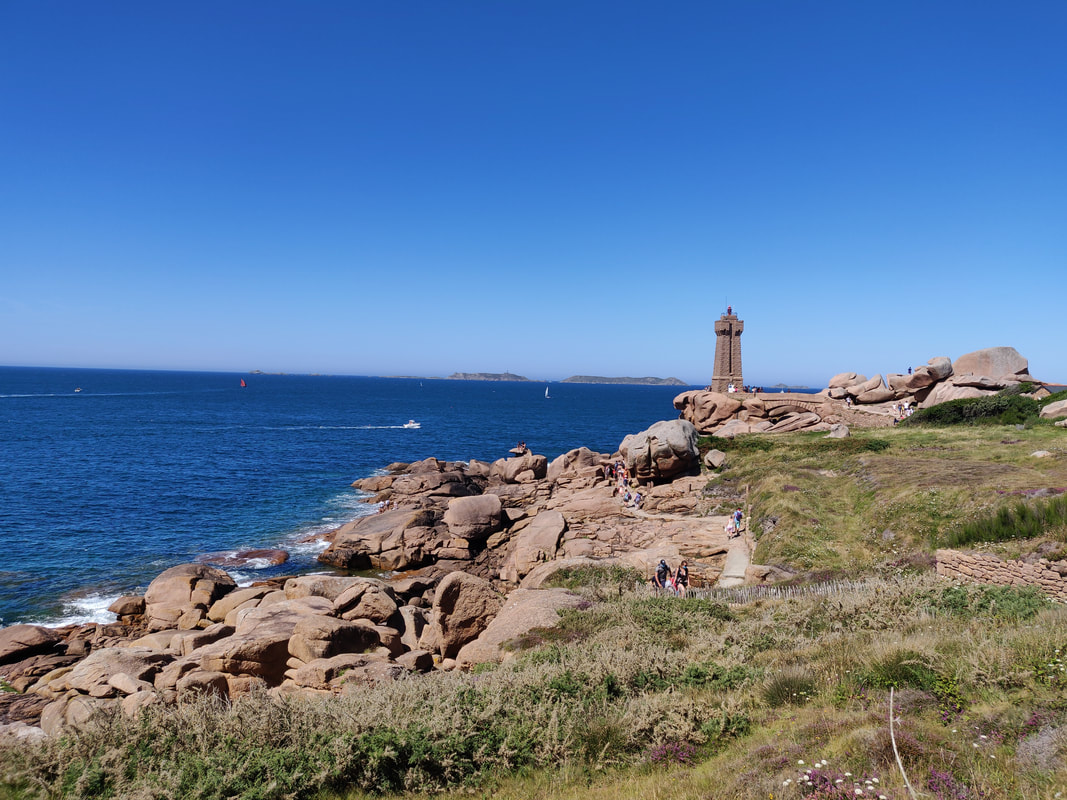






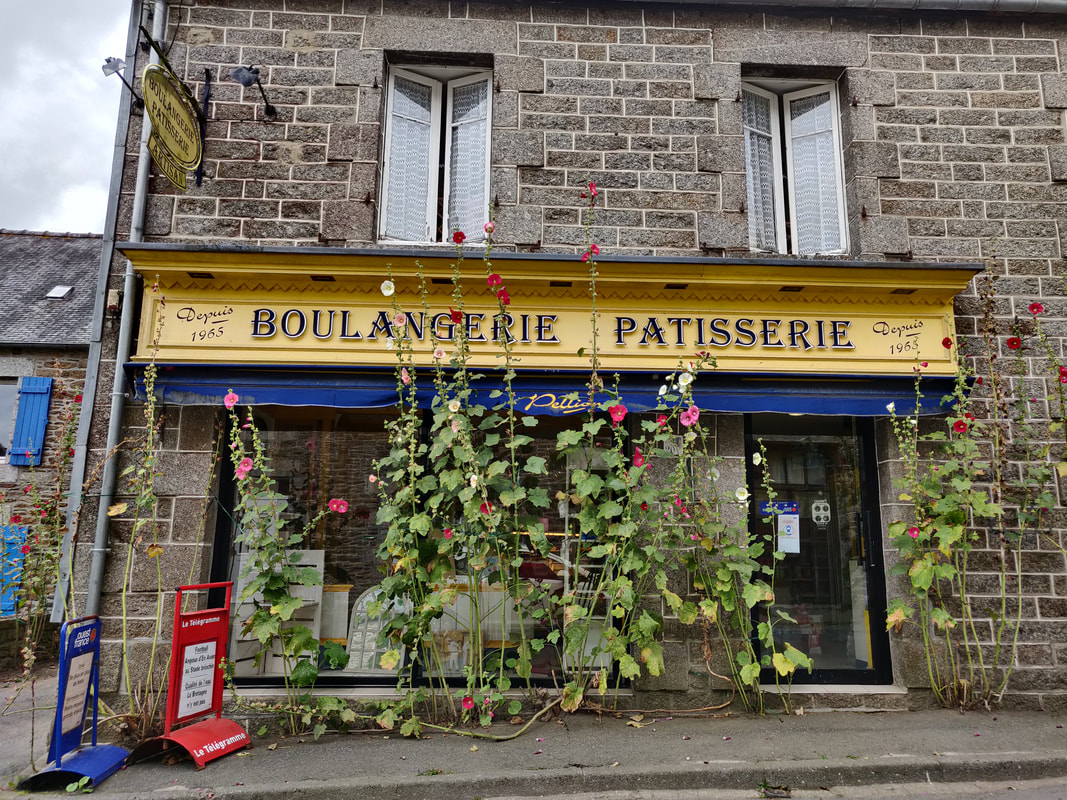
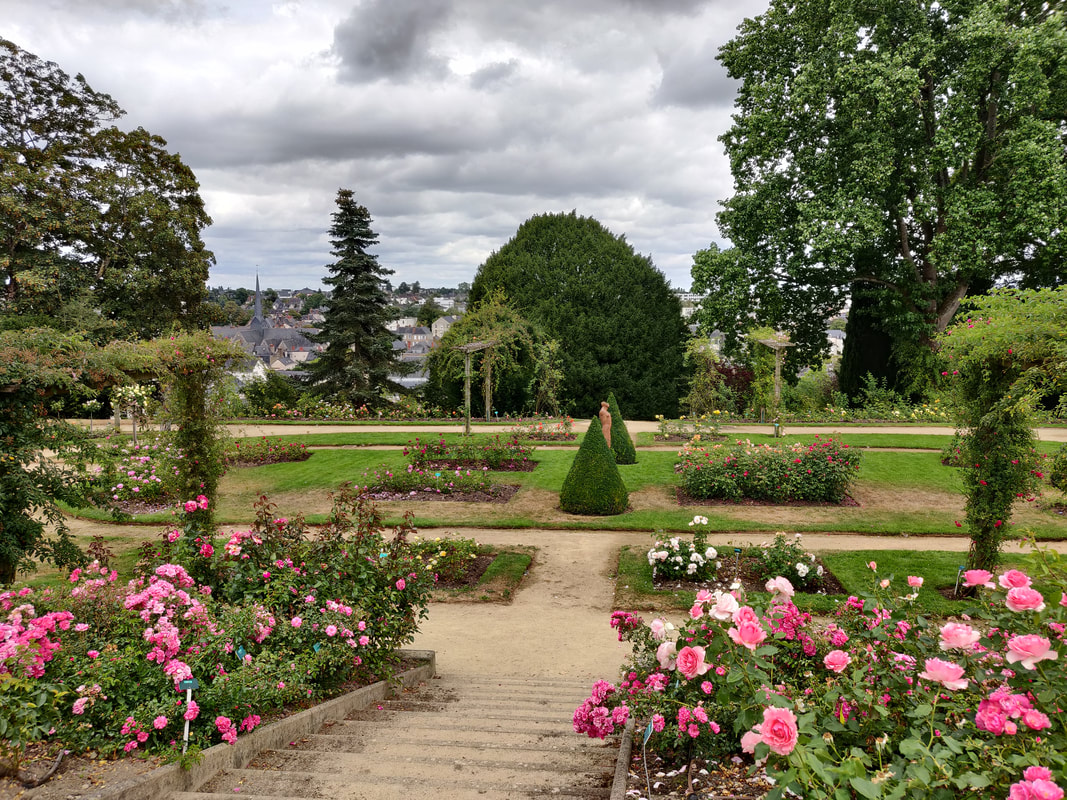
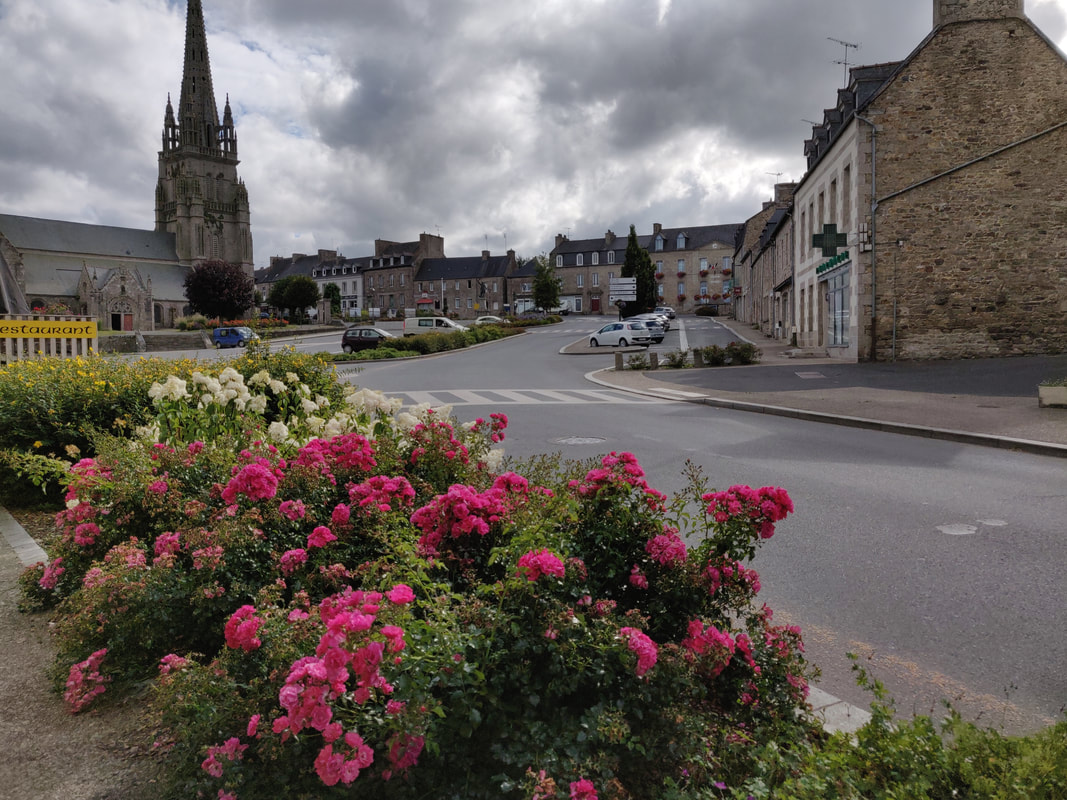

 RSS Feed
RSS Feed